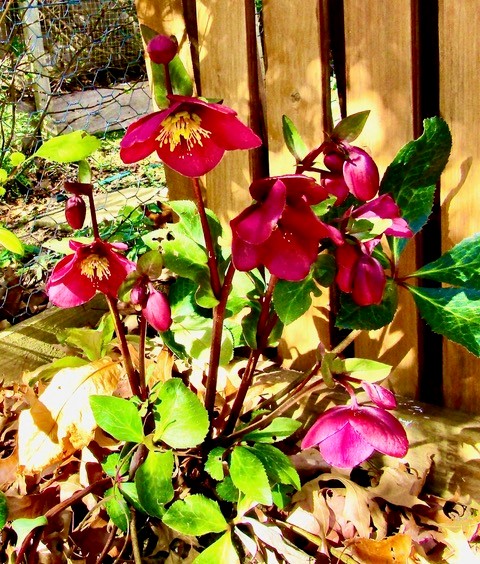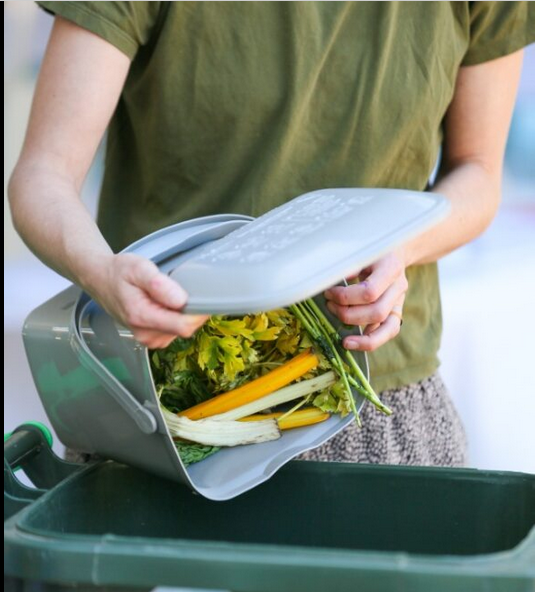August 9th, 2020Plan now for a bumper Spring crop
Prepare the beds by roughly digging over the existing soil to open it up for future rainfall and add a compost, leaf mould and cow or horse manure, and a dusting of garden lime.
Don’t break it all up or rake the surface to a fine tilth – you can do that at the time of planting – it’s best to leave it open to allow better penetration of any future rains rather than have it compress the fine soil and cause run-off.
By pre-composting the beds now the plants will be greeted by a lush, organically- rich, water-retentive environment.
Rotate your crops
There are two important reasons for changing the planting site of your vegetable crops each year. You gain maximum use of the soil’s nutrients and, more importantly, you avoid the build-up of soil-borne pests and diseases.
The concept of leaving fields fallow to rest the soil has persisted since feudal times but the idea of crop rotation was introduced in England in the 1700s by Viscount Townsend who advocated a four-year crop rotation cycle, including one fallow field, to obtain better yields.
Today, although we are able to regulate the level of soil nutrients by adding different quantities and blends of fertiliser, rotation still has a great deal of merit. In the vegetable plot, light feeders, especially the nitrogen-generating legumes – peas and beans, can follow the heavy feeders like potatoes and Jerusalem artichokes. Carrots, parsnips and other root crops dislike fresh organic matter and excess nitrogen so should be planted after a heavily-manured crop such as cabbage or lettuce. A good sign that your carrot patch is too nitrogen-rich is a crop of strangely shaped and stunted, mutant “carrot creatures”. No doubt, to the delight of the littlies.
The real value of rotation is the control of soil-borne diseases. Botanically-related crops should not be grown immediately after each other in rotation. For example, tomatoes, potatoes, capsicum and eggplant all belong to the solanaceae family, so tomatoes, for instance, shouldn’t follow after potatoes.
Similarly, pumpkins, melons, cucumbers and zucchini are all in the cucurbaceae tribe and should not follow each other in rotation.
Even if you don’t go to the extent of rotating your vegetable crops, you should, at least, take the precaution of not growing the same crops in the same bed year after year, to avoid the build-up of soil-borne diseases that could eventually lead to crop failure. And it still wouldn’t hurt to allow for at least one fallow bed each season.
Got a gardening question? Ask Glen. Email glenzgarden@gmail.com
So…who says there’s no colour in a Winter garden?
It has been a delight to take a country drive this Winter, at least when we’ve been allowed out on parole, with this year’s Autumn and Winter rains ensuring bounteous roadside displays of golden wattle wherever we drive. Local gardens, as well, are full of colour from our other natives of the proteaceae family – banksia, grevillea, leucodendron and leucospermum.
Among the other Winter flowering shrubs making their presence felt are the delightful Winter rose or helleborus. For years their small, rose-like blooms have peeked out from the other perennials. But now, with the recent arrival of the large and brightly-coloured hybrid varieties, as pictured above, the hellebores have taken front of stage.
Words: Glen Heyne










